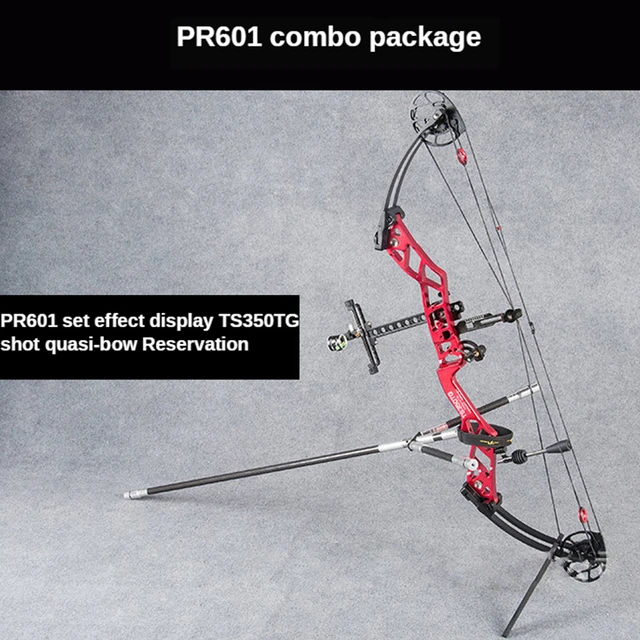Bow Stabilizer Acquiring Guide: Everything You Need to Know Prior To You Purchase
Bow Stabilizer Acquiring Guide: Everything You Need to Know Prior To You Purchase
Blog Article
Optimize Your Archery Accuracy With These Bow Stabilizer Techniques
One crucial component that can considerably influence your performance is the appropriate utilization of bow stabilizers. Whether you are a seasoned archer looking to fine-tune your abilities or a newbie excited to enhance your precision, understanding these bow stabilizer techniques might be the trick to striking your mark with exceptional consistency.
Advantages of Using Bow Stabilizers
Making use of bow stabilizers can substantially improve an archer's accuracy and total performance by lessening bow torque and vibration. In addition, bow stabilizers wet resonance, which not just improves the comfort of shooting but additionally avoids the bow from leaping upon release, thus assisting in keeping proper goal.
In addition, bow stabilizers can assist in holding the bow constant, especially throughout windy conditions or when shooting from longer distances. The added weight at the front of the bow gives security and balance, permitting the archer to focus on aiming without the diversion of bow motion. On the whole, the advantages of making use of bow stabilizers expand past simply accuracy, boosting the archer's experience and efficiency in various shooting scenarios.
Picking the Right Bow Stabilizer
Picking the suitable bow stabilizer is important for enhancing your archery devices and boosting shooting efficiency. Larger stabilizers can help reduce bow torque and take in more resonance, leading to a steadier purpose.

Last but not least, take into consideration the layout of the stabilizer. Some stabilizers include flexible weights or dampeners that allow you to tailor the equilibrium and feeling of your bow. Ultimately, selecting the best bow stabilizer entails finding an equilibrium in between weight, product, size, and layout to boost your capturing accuracy and overall efficiency.
Correct Installation Methods
To ensure ideal efficiency and safety and security in archery, mastering appropriate setup strategies for your bow stabilizer is important. The initial step in installing a bow stabilizer is to recognize the right positioning on your bow. A lot of stabilizers are connected to the front of the riser, listed below the hold, to aid counterbalance the weight of devices such as views and quivers. Make certain that the stabilizer is not interfering with various other elements or preventing your shooting kind.
Next, firmly connect the stabilizer to the bow using the ideal placing equipment. Some stabilizers come with adjustable weights that can be included or removed to adjust the equilibrium of your bow.

Readjusting Stabilizer Weight and Length
After ensuring the appropriate installation of your bow stabilizer, the next action involves readjusting the weight and size to enhance its efficiency in enhancing archery accuracy. The weight of the stabilizer plays an essential role in lessening bow activity throughout the shot cycle. Adding weight to the stabilizer can help enhance and dampen vibrations security, bring about more constant and precise shots. On the various other hand, minimizing the weight can increase maneuverability, which is valuable for scenarios needing quick target purchase.
When it comes to stabilizer size, finding the ideal equilibrium is key. A longer stabilizer can supply greater stability by raising the range in visit here between the check my site bow and the weight at the end of the stabilizer. This included range boosts the supporting effect, particularly in windy problems or when contending longer distances. On the other hand, a much shorter stabilizer offers a lot more maneuverability and might be favored by archers that value dexterity and quick motions during shooting.
Advanced Stabilizer Tuning Tips
Attaining ideal bow security and precision in archery requires a nuanced strategy to advanced stabilizer adjusting. Advanced stabilizer tuning involves fine-tuning various components to enhance the bow's equilibrium, reduce resonance, and improve total precision.
One more important element of advanced stabilizer adjusting is enhancing the damping homes of the stabilizer system. This can be achieved by incorporating additional moistening devices such as rubber dampeners or harmonic stabilizers to even more decrease vibration and sound. Furthermore, exploring various materials for the stabilizer building, such as carbon fiber or light weight aluminum, can also affect the bow's efficiency by changing its weight circulation and rigidity. By meticulously make improvements these advanced stabilizer elements, archers can optimize their accuracy and consistency on the range or in competitors.
Final Thought
To conclude, making the most of archery precision can be achieved via the proper choice, installment, and change of bow stabilizers. By understanding the benefits of utilizing stabilizers, selecting the appropriate one, and adjust its weight and size, archers can improve their capturing accuracy. Using advanced adjusting strategies can further improve security and consistency in arrowhead trip. On the whole, incorporating bow stabilizers into archery method can cause improved efficiency and boosted precision.
Making use of bow stabilizers can substantially improve an archer's accuracy and total efficiency by reducing bow torque and vibration. Longer stabilizers give higher stability and equilibrium, particularly for long-distance capturing, while shorter stabilizers provide more convenience and are less complicated to steer in tight rooms (bow stabilizer). Carbon fiber stabilizers are resilient and lightweight, while light weight aluminum stabilizers are robust and supply excellent resonance dampening
A longer stabilizer can give higher stability by enhancing the range between the bow and the weight at the end of the stabilizer.An additional critical element of innovative stabilizer adjusting is optimizing the damping residential or commercial properties of the stabilizer system.
Report this page